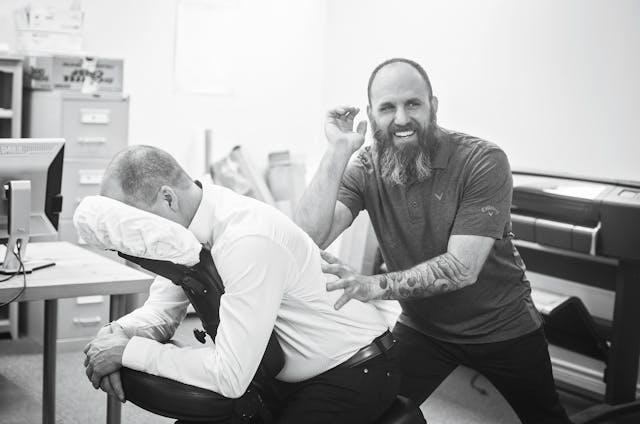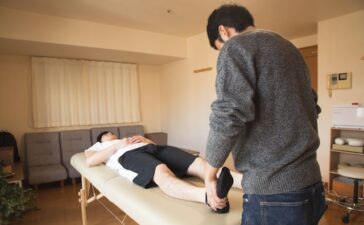What is hip arthroscopy, and who may benefit from it?
Hip arthroscopy is a kind of surgery that is not very intrusive and is used to find and cure different problems with the hip joint. More and more people in Melbourne are choosing this option to help with discomfort from labral tears, femoroacetabular impingement (FAI), cartilage damage, or unstable hips. The treatment uses small cuts, a tiny camera (arthroscope), and specific tools that let surgeons see and treat the interior of the joint without entirely opening it.
This method is frequently best for younger, active people or those with mechanical hip pain who haven’t gotten better with less invasive therapies like physiotherapy and anti-inflammatory drugs. It works especially well to treat joint disorders in their early stages, before they turn into arthritis, which may eventually need hip replacement.
Patients in Melbourne who want hip arthroscopy may get help from highly trained orthopaedic surgeons who specialise in sports medicine and joint preservation and have access to cutting-edge technology.
Before, during, and after the procedure, what to expect
Patients frequently have thorough imaging, including MRI or CT scans, before hip arthroscopy to confirm the diagnosis and check for damage to the joint. Surgeons will go over the treatment in detail, including the risks, advantages, recovery time, and any special aims, such getting rid of bone spurs, fixing cartilage, or fixing labral injury.
Patients are put under general anaesthesia the day of the procedure. There are two to three tiny cuts made around the hip, and the arthroscope and tools are put in via these cuts. The surgeon employs these instruments to look at the architecture of the joints and fix the problems that are causing them. The treatment usually takes one to two hours and may be done as a day surgery or with an overnight stay in the hospital.
Most patients start physiotherapy within a few days after their hip arthroscopy Melbourne, so recovery starts right away. If you have bone work or labral repairs done, you may require crutches for 1–2 weeks to keep your weight off of them. An organised rehabilitation program helps people go back to their normal activities. Full recovery usually takes 3 to 6 months, depending on the treatment and how well the patient follows the program.

Why Melbourne is a top place for hip arthroscopy
There are a lot of orthopaedic surgeons in Melbourne who specialise in hip arthroscopy. Many of them are well-known across the world for their expertise in keeping joints healthy and treating sports injuries. Epworth, St. Vincent’s, The Alfred, and Cabrini are just a few of the public and private hospitals where these professionals work.
Melbourne’s facilities also include the latest arthroscopic technology and rehabilitation clinics, which help patients recuperate without any problems. The medical system in the city encourages surgeons, radiologists, physiotherapists, and sports doctors to work together, which makes sure that the patient is at the core of everything.
Melbourne not only has great services, but it also makes it easier to get pre-operative consultations, post-operative assistance, and long-term follow-up care, all of which are necessary for good results. Patients get more than just great surgery; they also get straightforward communication, honesty, and caring treatment.

Things to think about and benefits in the long run
Hip arthroscopy has several advantages, including less discomfort, better joint function, and the ability to postpone or stop arthritis and joint replacement. For athletes or others who are active, the operation may bring back their performance and confidence, particularly when paired with a personalised recovery program.
But it’s important to keep your expectations in check. Not all hip discomfort is a good candidate for arthroscopy, and the procedure’s effectiveness relies on a number of things, including as how bad the joint damage is, how healthy the patient is, and how well they stick to their rehabilitation plan.
Some patients may feel a little stiff or have other symptoms after surgery, but most say they feel much better. Talk to your surgeon about all the potential outcomes and work together with your physiotherapy team to make sure you recover as quickly as possible.
In the end, hip arthroscopy in Melbourne is a useful, less intrusive choice for many people who have hip discomfort that won’t go away. With the correct surgeon and a proactive approach to treatment, you can go back to living a pain-free and active life.





